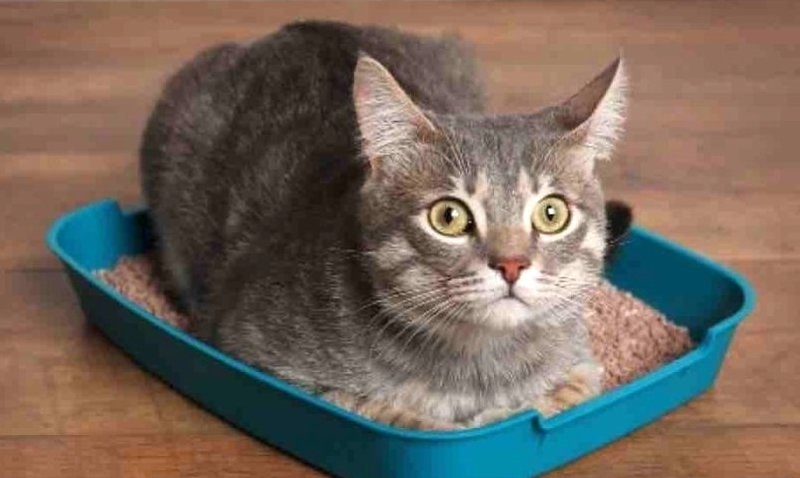Email Address
Info@themis.com
Phone Number
Fax: 001 (407) 901-6400

Diseases associated with the urinary system are quite common and serious. In some cases, they lead to the death of the pet. What you need to know about this problem and what to look for in order to timely diagnose this kind of disease.
As you know, urine is formed in the kidneys and through the ureters it enters the bladder. There, urine is collected and stored until it is removed from the body through a special tube – the urethra. The main function of the urinary system is the collection and timely withdrawal of the body's metabolic products from the body in liquid form. But, unfortunately, for certain reasons, the urinary system does not always cope with this function.
The most common causes are:
Notice your pet’s urinary tract problems if:
The detection of any of these signs suggests that the animal urgently needs a veterinarian!
Self-medication can aggravate the condition of the animal and complicate subsequent treatment for several reasons.
At home, it is impossible to determine the nature of the disease (stones, bacteria, idiopathic cystitis, etc.). Even if you were able to detect stones in the bladder using palpation, it is imperative for effective treatment to determine the nature of their origin.
The veterinarian will mandatory do a urine test to determine:
Bacterial infections are usually treated with antibiotics. If stones are found, surgical options are possible (for example, blockage of the urethra) or by prescribing a diet that helps dissolve the stones.
If with bacteria everything is more or less clear, then on the stones and their formation I would like to dwell separately. It must be understood that stones are formed from crystals. Two types of crystals are distinguished:
The crystals themselves are not a problem when urinating due to their small size, but over time, with a constant pH value of the urine, they begin to group and form stones.
The pH value of urine determines the environment of the urine, whether it is acidic or alkaline. If you draw a scale from 6 to 8 and divide it into media, you get the following picture:
Depending on the environment, various types of stones form and dissolve. The treatment will depend on determining the type of stone. A moderately acidic environment prevents the formation of struvite stones, while a moderately alkaline environment prevents the formation of some non-struvite stones.
But there are diseases that are not associated with the formation of stones, but, nevertheless, there is inflammation on the inner wall of the bladder. Such inflammation for no apparent reason is usually called idiopathic cystitis. I must say that such a disease, for example, in cats, experts associate with experienced or experiencing stress (repairs, accompanied by loud noises, moving, falling from a height, etc.). A disease of the lower urinary tract caused by the nature of stress has recently been called a urological syndrome.
Currently, there are companies on the market that produce therapeutic diet food for dogs and cats, which helps prevent and treat diseases of the lower urinary tract. In this diet, depending on the diagnosis, there is a reduced content of certain minerals and the necessary level of Ph> is maintained, which helps prevent the formation or dissolution of stones.
We draw your attention to the fact that the transfer of a pet to a medical diet is possible only by appointment of a veterinarian.